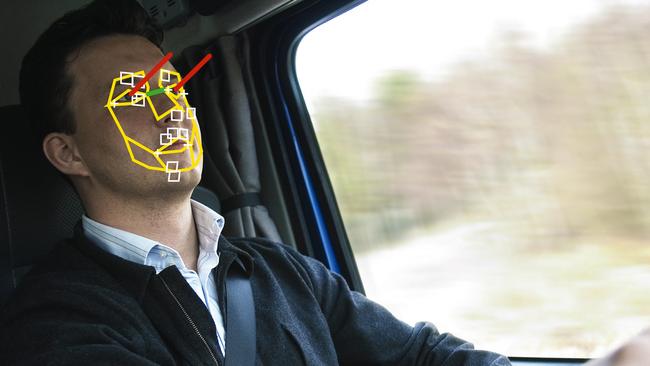Crash avoidance technology explained
The self-driving car is still a long way off, but vehicle safety has come along in leaps and bounds in recent years. These are the things to look for in a new car.
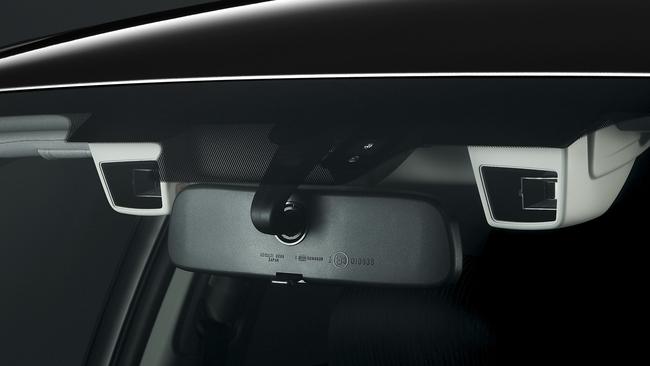
Car Advice
Don't miss out on the headlines from Car Advice. Followed categories will be added to My News.
Self-driving cars are still years away, but crash avoidance technology is getting smarter and more affordable, as advanced features trickle down from luxury brands more quickly than ever before.
Here are some safety items you should look for when you buy your next car. We’ve included the acronyms that typically appear in car brochures to make it easier to search for them.
Automated emergency braking (AEB)
This has been available for some time and is mandatory for new cars launched this year. By 2025 every new car will need to have it. The technology uses cameras and sensors to scan the road ahead for potential collision risks. It sounds an alarm if it senses danger and if the driver doesn’t react, the car will slam on the brakes to avoid or mitigate an accident. Not all systems are the same, though. The more sophisticated ones are able to detect pedestrians and cyclists. The technology has been around for roughly 15 years, so most new cars and many used cars are fitted with it.
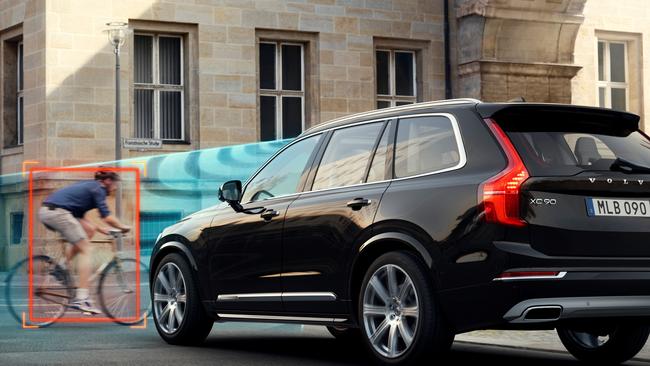
Active cruise control (ACC)
Also referred to as radar cruise control, this uses radar or lidar to automatically keep a safe distance to the car in front. Unlike normal cruise control, where the car will maintain a set speed regardless of the traffic around it, ACC can slow, brake and accelerate without the driver touching the pedals. It is similar to AEB and reduces the risk of nose-to-tail freeway accidents. Experts say it also reduces driver fatigue. More sophisticated systems will slow to a complete stop and accelerate again in bumper to bumper traffic.
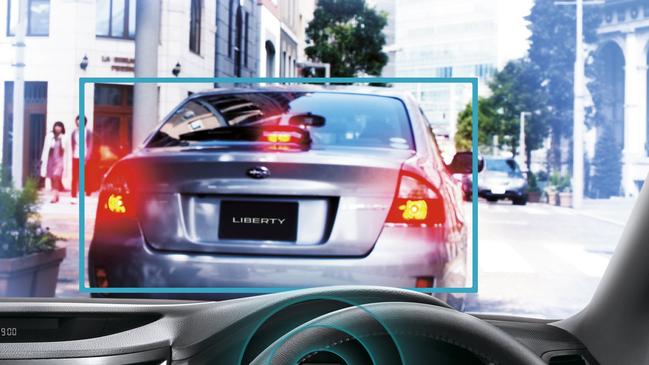
Lane departure warning (LDW)
As the name suggests, this tech warns a driver if the car is drifting out of its lane. Many manufacturers now offer the more advanced “lane-keep assist”, which will take over the steering and guide the car back into its lane. Some also brake a wheel to bring the car back into line.
As with all crash avoidance tech, there is a big gap between the best and the worst applications. Some less sophisticated systems will pinball the car from side to side in the lane and simply disengage if there is no driving input. The best versions can gradually slow the car, pull over to the side of the road and activate the hazard lights if the driver is incapacitated.
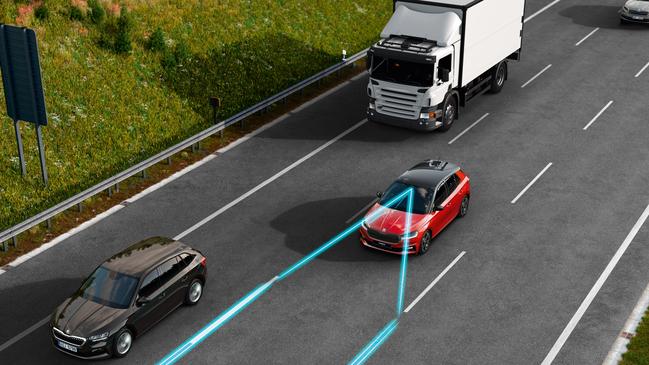
Blind spot monitor (BSM)
Some manufacturers leave this item off the features list but it is one of the most effective collision avoidance aids around. As the name suggests the car scans for vehicles in your blind spot and alerts you to their presence. Typically a light will appear in your side mirror but if the car has a head-up-display, a warning will also appear on your windscreen. Some systems will brake a wheel or intervene with steering if they sense you’re going to change lanes when it’s not safe.
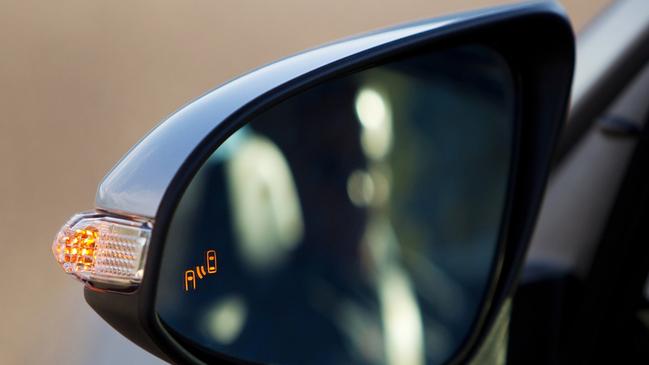
Rear cross-traffic alert (RCTA)
If you’re reversing out of your driveway, this technology will look down the road to the left and right and warn you if it spots passing traffic. Typically the car will emit visual and audio warnings, while the better systems will slam on the brakes if you ignore the warnings and are pulling out of the drive into danger. Some systems can also pick up pedestrians and cyclists, which could potentially save a parent from running over their toddler in the driveway. Many luxury cars also have the feature on the front of the car for nosing out of a driveway.
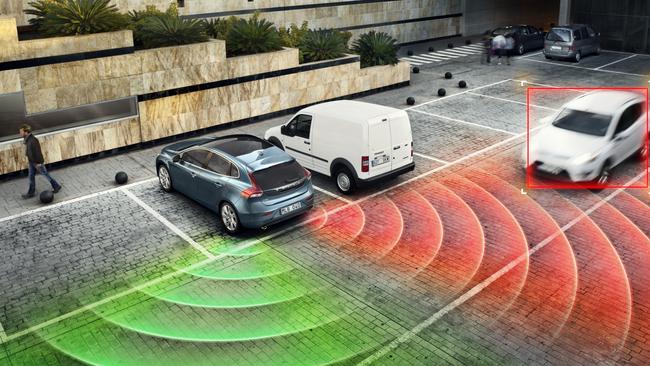
Emergency SOS call
If you’re in an accident, the quicker help arrives, the better your chances of survival. Some vehicles are fitted with tech that can detect a severe impact and immediately contact emergency services, providing them with location coordinates for the scene of the accident.
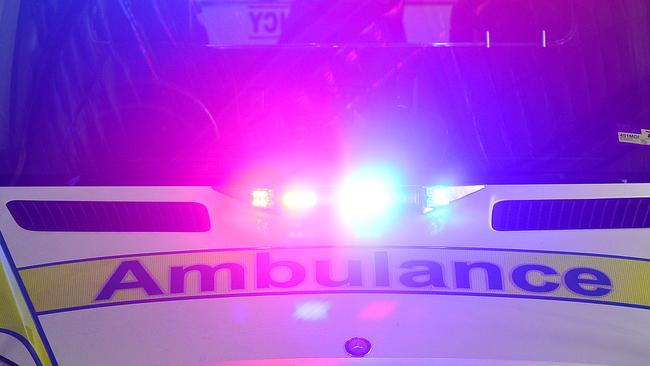
Driver attention alert (DAA)
Fatigue and distraction are two of the biggest killers on our roads, so some cars have tech designed to detect when a driver’s attention may be waning. Some systems monitor steering wheel inputs but the more advanced ones have a camera pointing at the driver to check for fatigue or distraction. Subaru’s “eyesight” feature will sound a warn if it detects your eyes have strayed from the road ahead.
